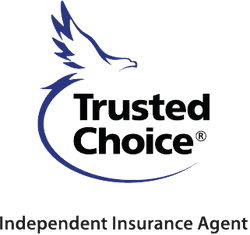The fall season is undeniably beautiful, with its vibrant leaves and crisp air. However, it brings with it an increased risk of deer-related accidents. As drivers, we need to be particularly cautious from October to December, when these incidents spike, causing over $1 billion in damages annually and averaging $3,000 per repair.
Here are some key safety tips to help you avoid collisions:
Use Your High Beams Wisely
At night, when there's no oncoming traffic, use high beams. This can help you spot a deer's reflective eyes from a greater distance.
Be Mindful of Peak Activity Hours
Deer are most active in the afternoon and can be harder to see at dawn and dusk. Exercise extra caution during these times, especially on rural roads or in wooded areas.
Look for More Than One
If one deer crosses the road, others may follow. Slow down and remain vigilant to avoid surprises.
Heed the Signs
Deer crossing signs are strategically placed in high-traffic areas. Reducing speed in these zones offers more time to react if a deer appears.
Know When Not to Swerve
If a deer suddenly appears, brake firmly and try to stay in your lane. Swerving can lead to more severe accidents involving other vehicles or obstacles.
Use Your Seat Belt
Wearing a seat belt significantly reduces the chance of serious injury if a collision occurs.
If a Collision Occurs, Take the Proper Steps
Move your vehicle to a safe place, turn on hazard lights, call the police, and report the incident to your insurance provider. Avoid approaching the injured animal.
While the risk of deer-related accidents is real, being cautious and prepared can significantly reduce it. Treat every rural road or wooded stretch as a potential risk zone. If you have questions about your auto insurance coverage, especially concerning deer-related incidents, don't hesitate to contact us.


